How to make flour paste?
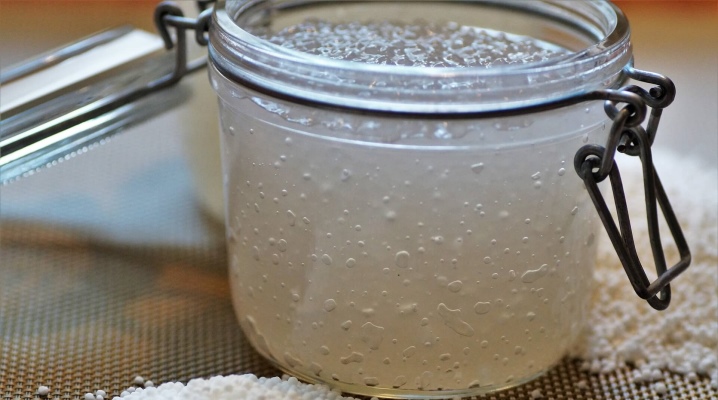
Glue is a well-known viscous substance, thanks to which it is possible to connect different materials together. This substance is used in the medical environment, industry, construction and other fields of activity. Clay is an indispensable tool in everyday life. Many are accustomed to purchasing glue raw materials in a store, but there is a home option that has similar properties, but at the same time requires minimal investment. It's about paste.
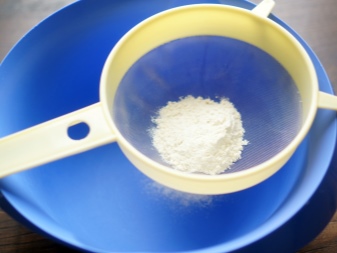

Peculiarities
According to many existing definitions, paste is a hand-made glue, where starch or flour becomes the main component. By the type of stickiness, the paste belongs to the type of drying raw materials.
This substance is perishable and cannot be stored for a long time. It turns sour very quickly, which causes an unpleasant odor. In simple words, it is necessary to use the prepared paste during the day.
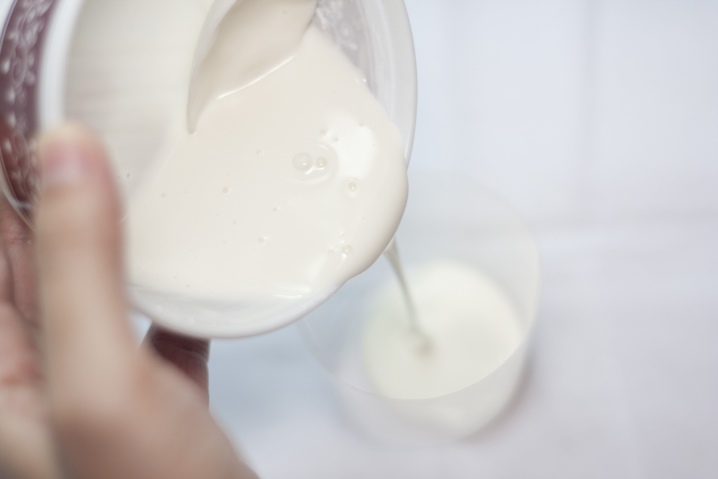
When the glue was first developed is unknown, but historians claim that the first glue was brewed in the Neolithic era.
At that time, animal bones were used for these purposes. Perhaps in ancient times, starch paste was also prepared, but no records of this have been found.
Homemade glue is an indispensable raw material in the household environment. With its help, you can make a lot of repair work, use it as a connector for paper crafts. But most importantly, this binder can be made with your own hands in your own kitchen, using different variations of recipes, each of which hides a certain trick of cooking.
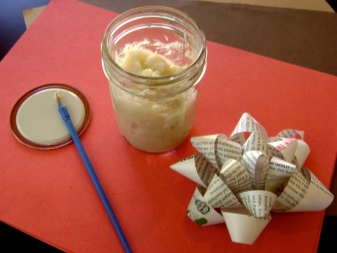

Do not forget that any raw material has certain advantages and has some disadvantages. The same goes for paste. Flour paste is very popular in the construction environment. And for gardeners it is an irreplaceable working material that is environmentally friendly and clean. The main advantages of the paste include the following characteristics.
- Low cost. Kleister is the cheapest type of bonding agent that allows you to save a considerable amount on the purchase of finished raw materials.
- Diverse area of application. In simple terms, the paste is used in construction work, needlework, medicine, and is used in children's art.
- Ease of preparation. You can make a paste with your own hands in your own kitchen. Even a child can cope with this task.
- No marks on the surface. If, during the gluing process, the sticky substance from flour or starch protrudes beyond the edges, it is enough to remove it with a soft cloth or napkin.
- Variety of recipes. Thanks to the many preparation methods, it is possible to make a paste that can combine many different materials.
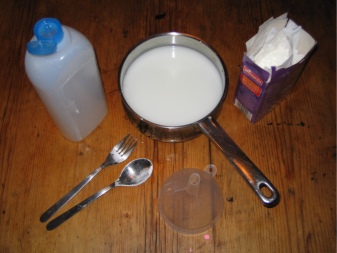
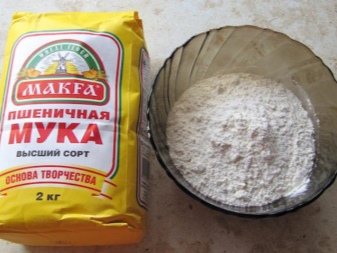
Well, now it is proposed to familiarize yourself with the shortcomings.
- Lack of moisture resistance parameter. If you look at the numerical ratio, the paste prepared without the use of PVA does not even reach 5% water resistance.
- Danger of harmful deposits. Kleister is one of the favorite environments of bacteria and microorganisms, which can be avoided by a small amount of copper sulfate added to the composition during the preparation process.
- Limited shelf life.The paste cannot be stored for more than one day, which is why it is recommended to brew it in a small amount, just before the forthcoming work.
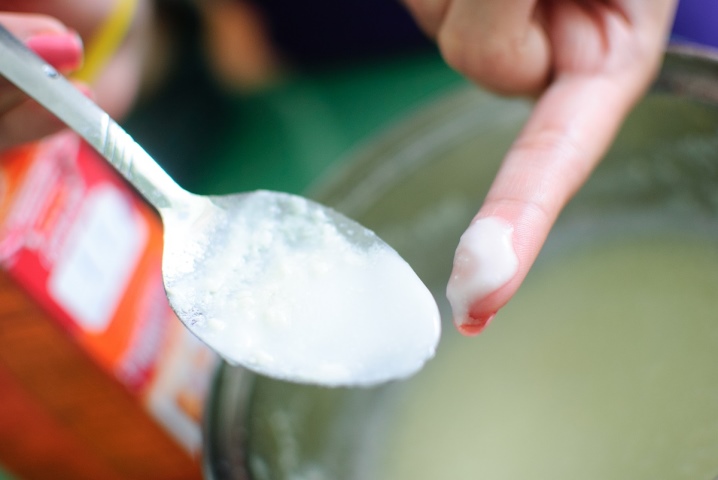
It has been said more than once that a self-made paste is used in construction, gardening and creativity. But besides this, there are other areas where you cannot do without this glue mass, for example, a library environment.
With this substance, librarians glue books. Chemists use it as an indicator.
Theatrical artists are used as stage decorations. Well, designers combine various decorative elements with paste.
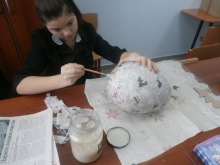
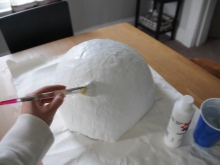
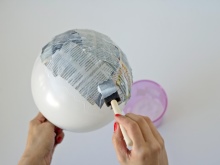
Component selection
Cooking requires a saucepan, a clean, smaller container, and a small colander. It is equally important to prepare a tablespoon in advance. Regular stirring of the viscous mass will avoid the formation of lumps.
For cooking at home, you will need a gas or electric stove, but in the case when cooking in the field, it is advisable to stock up on a stove or a gas burner.

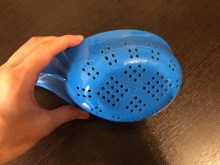

The main components of the paste are flour and water. If a mixture of starch is being prepared, a small amount of PVA should be added to it.
Particular attention should be paid to the choice of flour. For the preparation of pies, housewives try to choose premium flour. And for the preparation of the paste, it is best to use a flour product with a low varietal index. It contains more bran particles, which are gluten. The more gluten, the better the adhesion.
It is equally important to pay attention to the culture from which the flour is milled. Ideally, you should use wheat, corn or rye.

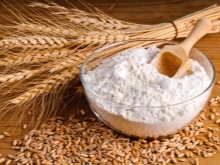
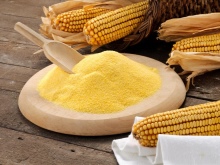
Rice and buckwheat flour product contains a minimum amount of sticky substance, respectively, such flour is not suitable for making paste. In addition, rye flour gives the glue mass a dark shade, which subsequently leaves bright marks on the work surface, reminiscent of mud smudges.
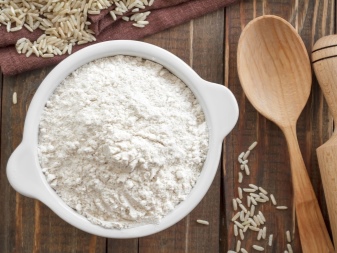
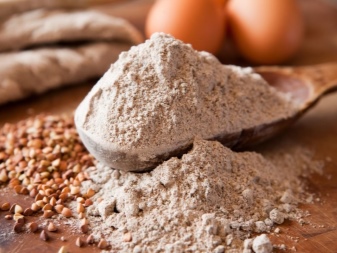
In addition to the main ingredients, several auxiliary products are used in the preparation of the paste. So, for example, to create papier-mâché crafts, it is best to add wood glue. As an analogue, gelatin diluted with water will do. If the white color of the paste matters, it is advisable to add PVA to the composition.
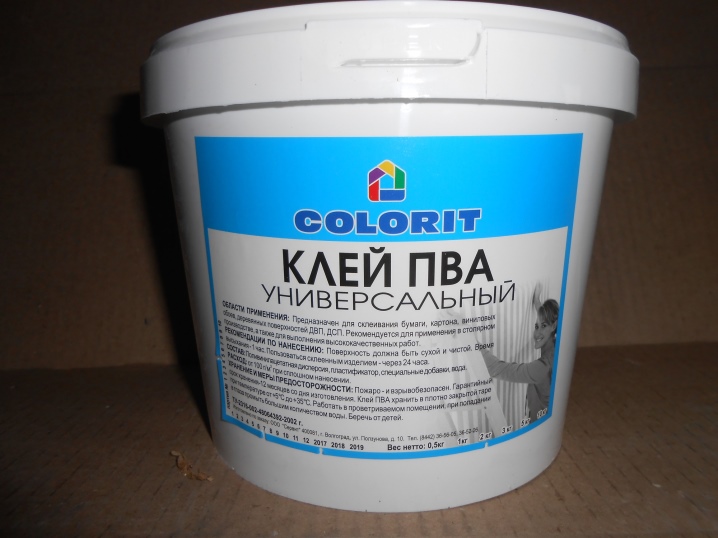
It is necessary to add vitriol to the paste prepared for pasting wallpaper, which protects the surface from the appearance of fungus and harmful microorganisms. If the paste is intended for working with textiles, vanilla sugar should be used as an additional ingredient. It, of course, does not increase the tack index, however, it gives the composition a shine.
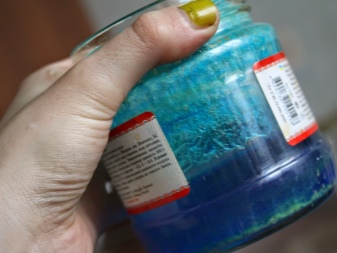

Basic cooking rules
Everyone knows that the paste is prepared by cooking. A mushy mixture consisting of flour and water is created. The mass is mixed in a saucepan, then put on the stove, heated over low heat until the lumps disappear.
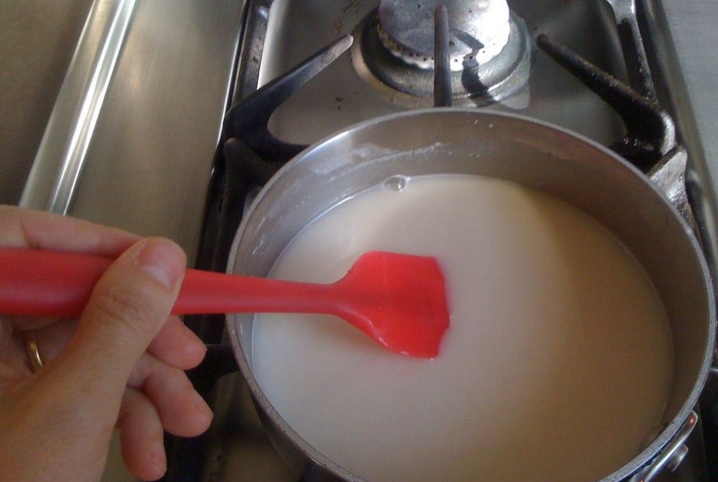
Despite the seeming simplicity, there are several cooking rules that every person should know:
- the paste must be heated exclusively on the stove;
- flour must be poured quickly, but at the same time in a thin stream, so that the mass is more homogeneous;
- during the cooking process, in no case should you leave the stove;
- cook on minimal heat;
- it is recommended to use only a wooden spatula for mixing;
- after cooking, it is necessary to cool the paste, in no case should a hot substance be used;
- ideally, the paste is cooked in a water bath, however, as the masters note, this cooking process increases by about half an hour.
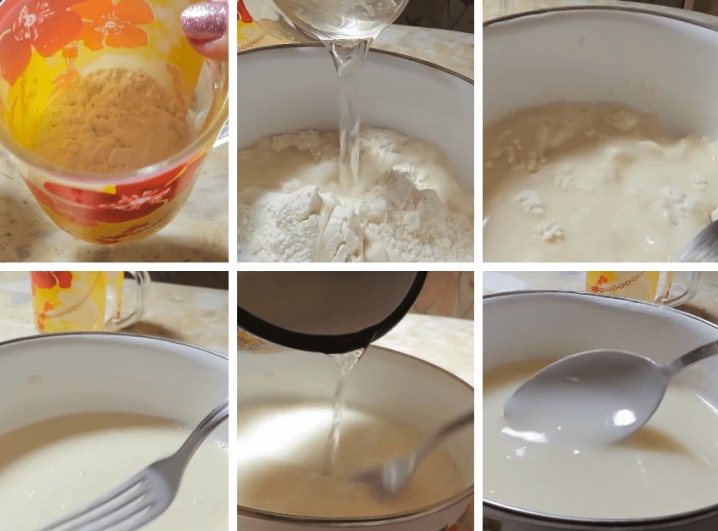
Step by step recipes
It is not difficult to properly cook the paste at home or cook it outside your comfort zone.The main thing is to adhere to the recipe step by step and observe proportions.
It is worth noting that the paste can be made without boiling. It also contains water and flour, the main thing is that the liquid is at room temperature. It is rather difficult to dissolve such an adhesive composition; it will take a long time to stir the substance so that the lumps disappear.
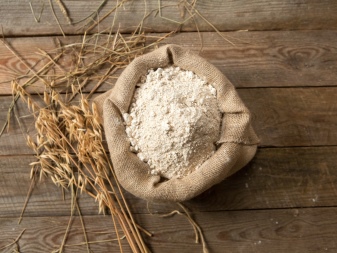
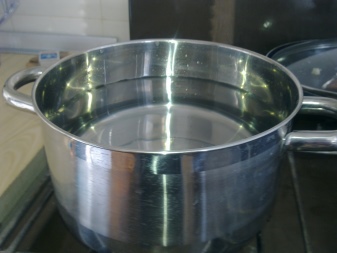
A small amount of PVA can be added as an additional tackifier.
In order to understand how fast and simple everything is, it is proposed to consider several options for making paste, which even a child can guide.
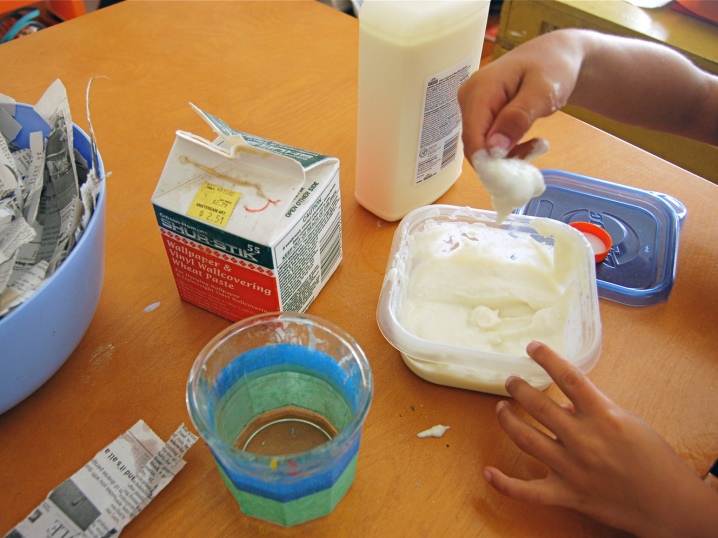
For wallpaper
First of all, it is worth understanding the recipe for making homemade wallpaper paste. In order for the mass to turn out to be of high quality, it is important to follow the step-by-step instructions.
- It is necessary to sift a glass of flour so that the free-flowing ingredient does not have lumps.
- Next, the flour is poured with cold water, while it is important to thoroughly mix the components to be joined. The resulting consistency should resemble thick sour cream.
- More water is poured into the paste, so that the total volume of the adhesive mass is 1 liter. If the paste turns out to be too thick, you need to add a little hot water to it.
- After thorough mixing, it is required to add half a glass of PVA to the workpiece.
- The container with the glue mass must be placed on the stove, over low heat. Cook until bubbles appear on the surface of the paste.
- Now you need to remove the dishes from the heat, and then stir the mass to get rid of the collected lumps.
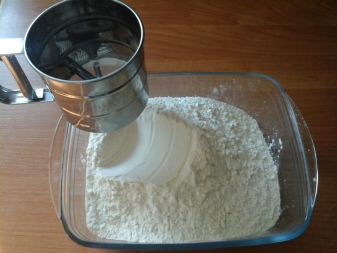
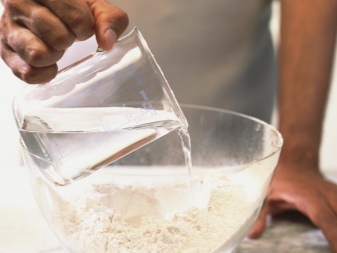
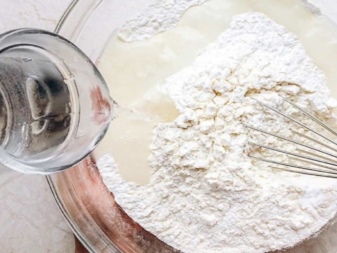
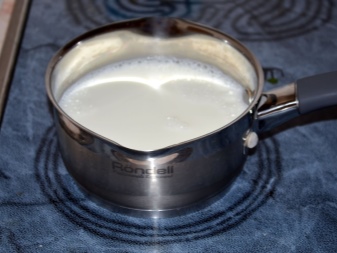
A properly prepared paste should turn out transparent, gelatinous. It remains only to cool the welded glue, and then use it as directed. In the process of natural cooling, a film forms on the surface of the paste, which must be removed.
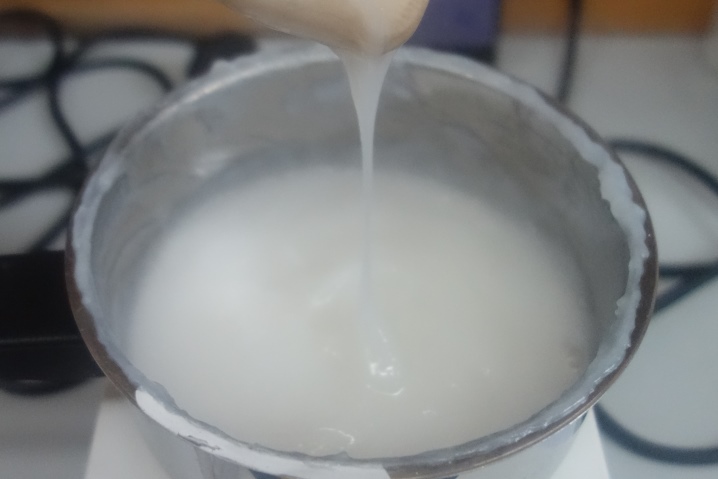
For creativity
The recipe for making a paste for creativity requires a different approach:
- a saucepan is taken, a glass of sifted flour is poured into it;
- flour is poured into a glass of water, after which it is mixed with a mixer;
- 2 glasses of water are gradually introduced into the mass, the components are thoroughly mixed, which allows you to get rid of lumps;
- a pan with a glue blank is placed on the stove, on a small fire;
- the paste is brought to a boil;
- after boiling, the container must be immediately removed from the stove;
- the pan with the glue mass is set aside to cool naturally.

The presented paste recipe is the simplest and fastest to prepare.
However, there is another way of cooking, which is also used in creative circles.
Potato starch should be used as an analogue of flour. It is this recipe that is considered the best for creating applications:
- 10 tablespoons of water are combined with 1 tablespoon of starch, the components are thoroughly mixed;
- half a glass of water is poured into the container with the workpiece;
- if the substance is still thick, it must be diluted with a little boiling water;
- the mixture is sent to low heat until boiling.
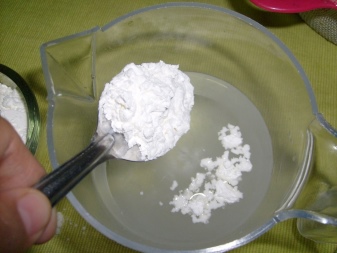

You can start using starch paste 10 hours after it has cooled down. Do not worry that the cooked mixture can harm human health, especially children. All products used are hypoallergenic.
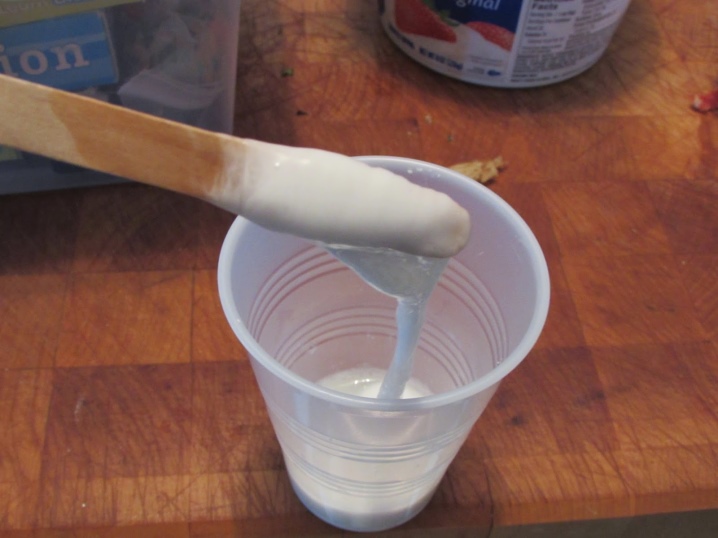
For other purposes
Above were presented the most common options for preparing paste for working with paper. However, there are recipes that allow you to cook an adhesive mass for working with fabric.
- 2 tablespoons of flour are introduced into the container, 100 ml of water is poured on top. The ingredients are thoroughly mixed so that no lumps form.
- Another container is taken, 300 ml of water and 0.5 tsp are mixed in it. Sahara. This mass is sent to a slow fire until it boils.
- As soon as bubbles appear on the surface, it is necessary to introduce the flour mixture into the sweet solution.
- The paste should be boiled over low heat, stirring constantly.
- The thickened substance is removed from the fire, after which a pinch of vanillin is added to it. The finished mass is thoroughly mixed, and then set aside until it cools completely.
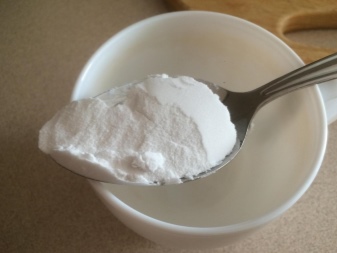

Owners of wooden houses and apartments, in which the window frames are made of wood, need to know the recipe for making a paste for pasting windows.
The materials used for insulation, processed with paste, do not move away when the temperature drops and are firmly attached to the wooden base.

To prepare such a paste, you must:
- combine half a glass of flour and a liter of water in a cooking container;
- bring the mixture to a boil, during the cooking process the mass will begin to thicken;
- as soon as bubbles form on the surface, remove the container from the heat and set it aside for natural cooling.
Only true gardeners know the correct recipe for making a paste for whitewashing trees. You should take 10 liters of water, dissolve 2.5 kg of chalk and 10 tablespoons of flour paste in them. If the water is hot, there is no need to cook the glue mass. If cold water is used, the glue should be put on low heat until it boils completely.

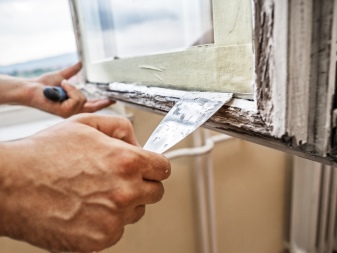
Useful Tips
Making a paste at home is actually very simple. And yet, it is necessary to adhere to several tips, thanks to which it will be possible to prepare a high-quality, and most importantly, the most effective adhesive composition.
The consistency of the cooked paste becomes thicker after cooling. However, it is impossible to assess how viscous and dense the mass has become until the paste has completely cooled down. If suddenly the mass is too dense, you should dilute it with boiling water. Stir thoroughly when adding water, otherwise lumps will form. For mixing, do not use a spoon, it is better to use a fork or whisk. Well, the most ideal option would be a blender or mixer, which mixes the substance more thoroughly.
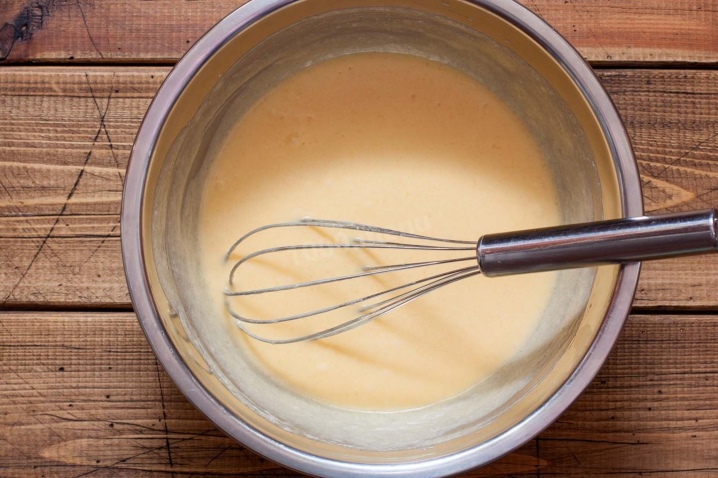
There are times when, after preparing the paste, the mass turns out to be too liquid, but you should not worry and throw away the prepared consistency.
Adding a small amount of the main component used in cooking will help to thicken it. It is about flour or starch. But you can't send the bulk mixture directly to the paste, you need to mix it with a small amount of water in a separate container.
Those who decide to make the paste at home should remember that it will not be possible to store the glue for a long time. That is why experts recommend preparing the adhesive in small quantities. A paste made from flour or starch has a shelf life of several days. If salt was added to the composition, it is necessary to use the adhesive within 24 hours.
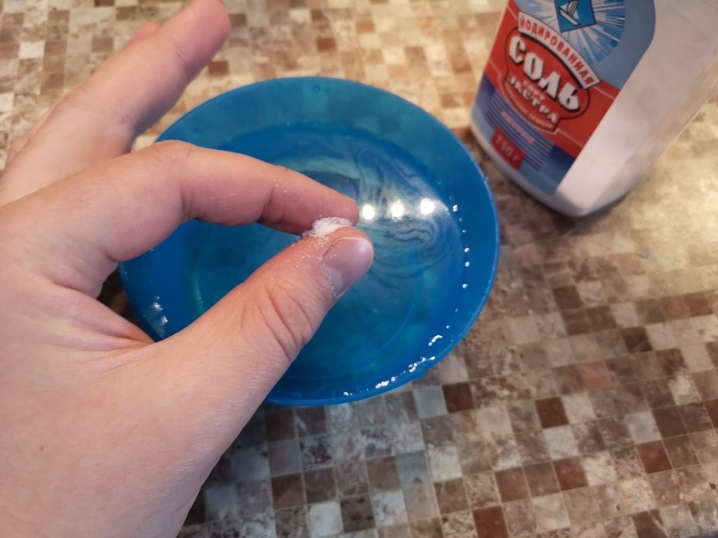
Well, so that the glue does not deteriorate ahead of time, you should adhere to several storage rules.
- The remains of unused paste should be left in a room where the temperature does not exceed 18 degrees Celsius, the ideal option is a refrigerator. However, for subsequent use, you will have to dilute the mass with warm water.
- If the paste is harvested taking into account the reserve, it is necessary to add a preservative component to the recipe. In this case, we are talking about any alcohol-containing product.
- You cannot store the glue mixture in an open container, otherwise the mass will dry out and it will no longer be possible to use it. You can cover the container with a lid or wrap it with plastic wrap.
If mold suddenly appears on the surface of the paste or a sour smell is formed, it is necessary to get rid of this mass.
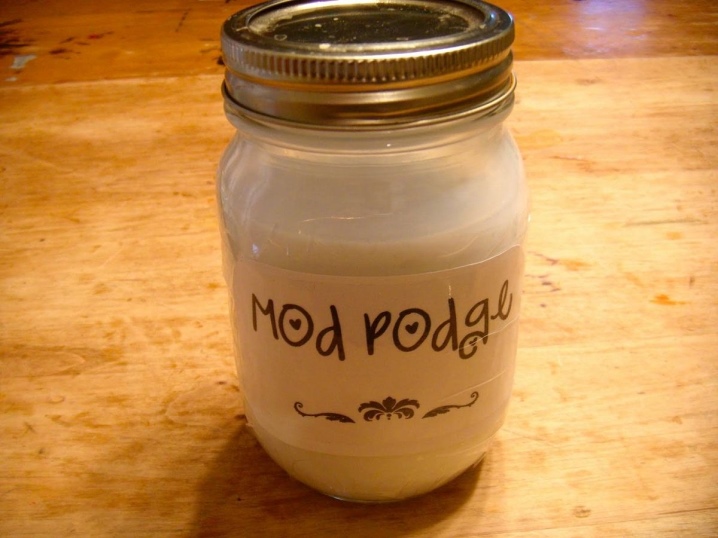













The comment was sent successfully.